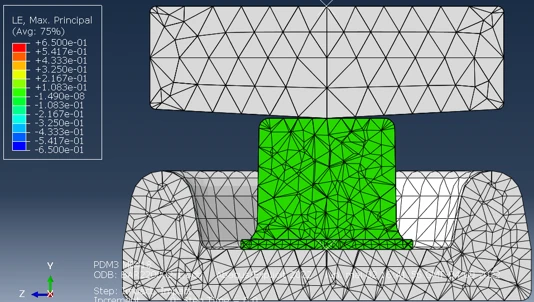Electric vehicles and machinery are transforming multiple industries, including agriculture. Many manufacturers are just now introducing their first-generation electric versions of different types of machinery such as tractors and loaders. For the agriculture industry, electric machinery offers the benefits of reduced fuel and maintenance costs and decreases in CO2 emissions.
Engineers are facing never-before-seen design requirements for these groundbreaking vehicles. Successfully merging the benefits of electric motors with the functionality required of each vehicle is an opportunity to set industry standards with outstanding design.
Custom rubber components have an essential role to play in optimized designs of new electric vehicles (EVs). By collaborating with rubber component experts, original equipment manufacturers can ensure that their new designs take advantage of efficiency, performance and durability gains through strategic rubber component development.
Examples of rubber components typically found in agricultural machinery:
- Seals
- Gaskets
- Bump stops
- Air intake and exhaust hoses
- Suspension hangers
How does a custom rubber solution project work? Read on to find out.



